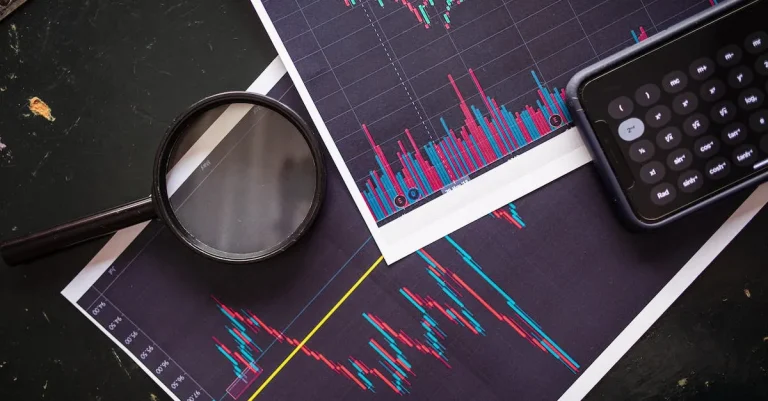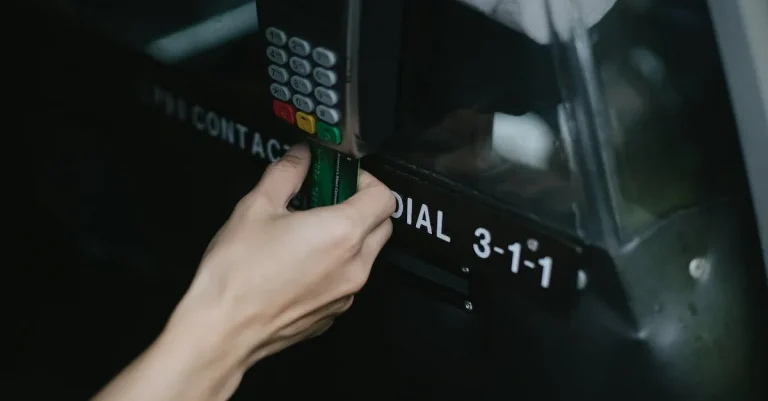How Much Is A Star Note Worth? A Detailed Look At These Rare Bills
Star notes are rare and unique banknotes that often carry a premium over face value for collectors. If you’ve come across one, you may be wondering – how much is a star note worth?
In this comprehensive guide, we’ll cover everything you need to know to determine the value of your star note.
What Is a Star Note?
Star notes are a fascinating aspect of the world of currency collecting. These special bills, also known as replacement notes, have a unique feature that sets them apart from regular banknotes.
But what exactly is a star note, and why are they so sought after by collectors?
Definition and background of star notes
A star note is a banknote that has a star symbol at the beginning or end of the serial number. This symbol, often referred to as a “star,” is used to indicate that the bill is a replacement for one that was damaged or misprinted during the printing process.
When a defective bill is detected, it is removed from circulation and replaced with a star note to maintain the correct number of bills in circulation.
These star notes are then issued with a new serial number, making them distinct from the regular banknotes.
The use of star notes dates back to the early 20th century when the Bureau of Engraving and Printing (BEP) started using them as a replacement for damaged or misprinted bills. Over the years, the design and placement of the star symbol on the note have evolved, but the purpose remains the same – to replace defective bills.
Why star notes have stars – replacement notes
The star symbol on star notes serves as a way to differentiate them from regular banknotes. This symbol can be found either at the beginning or end of the serial number, depending on the series and denomination of the bill.
For example, a star note with the star symbol at the beginning of the serial number would be denoted as “★12345678A,” while a note with the star symbol at the end would be denoted as “12345678★A.”
Collectors often find the presence of the star symbol intriguing, as it adds a unique characteristic to the banknote. The star note’s rarity and distinctiveness make it highly sought after by collectors and enthusiasts.
What Makes Star Notes Valuable
Star notes are a type of currency that holds a special place in the hearts of collectors and enthusiasts. These rare bills often fetch higher prices than regular notes of the same denomination.
Several factors contribute to the value of star notes, making them a sought-after item in the world of numismatics.
Rarity and demand from collectors
One of the primary reasons behind the value of star notes is their rarity. Star notes are issued as a replacement for damaged or misprinted regular notes during the printing process. As a result, they are produced in much smaller quantities compared to regular notes.
The scarcity of these star notes creates a high demand among collectors, driving up their value in the market.
Collectors are always on the lookout for unique and rare items to add to their collections. Star notes, with their limited availability, offer a sense of exclusivity that appeals to collectors.
The thrill of finding a star note in circulation or acquiring one through a reputable dealer adds to their desirability and value.
Unique serial numbers
Another factor that contributes to the value of star notes is the presence of unique serial numbers.
Each star note has a serial number that sets it apart from regular notes. These serial numbers can be a combination of digits, letters, or both, and collectors often seek out specific patterns or sequences.
For example, a star note with a serial number that reads “12345678*” or “77777777*” would be considered more valuable due to its eye-catching pattern.
Collectors may also look for low serial numbers, such as “00000001*,” which hold a special appeal.
Conditional rarity – uncirculated notes fetch higher prices
The condition of a star note also plays a significant role in determining its value. Uncirculated star notes, which have never been used in day-to-day transactions, are highly sought after by collectors.
These notes are often stored carefully and remain in pristine condition, making them rare and more valuable.
When assessing the condition of a star note, factors such as the absence of folds, creases, or marks, the sharpness of the printing, and the overall freshness of the note are taken into consideration.
The closer a star note is to its original, untouched state, the higher its value will be.
It’s important to note that the value of a star note can vary significantly depending on its rarity, unique serial numbers, and condition.
Collectors and dealers often consult price guides and online marketplaces to determine the current value of a specific star note.
How to Check If You Have a Valuable Star Note
Look for rare series, denominations, and print runs
If you suspect you may have a valuable star note, the first step is to examine its series, denomination, and print run. Star notes are typically more valuable if they come from a rare series or have a low print run.
For example, star notes from the 1935A series or the 1976 $2 star notes are known to be highly sought after by collectors. Additionally, denominations like $500 or $ 1,000-star notes tend to fetch higher prices due to their scarcity.
To get a better idea of the rarity and value of your star note, you can refer to reputable websites like uspapermoney.com or consult with a professional currency appraiser.
Assess the bill’s condition honestly
The condition of your star note plays a crucial role in determining its value. Just like with regular banknotes, star notes in pristine condition command higher prices. Look for signs of wear, tears, or discoloration on the note.
If your star note is well-preserved and appears crisp, it may be more valuable to collectors. On the other hand, if it shows significant signs of use or damage, its value may be diminished.
It’s important to be honest about the condition of your star note when evaluating its potential worth.
Research serial numbers for novelty premiums
Serial numbers on star notes can sometimes add novelty value, especially if they are in a unique pattern or sequence.
For example, notes with low serial numbers (e.g., 00000001) or repeating numbers (e.g., 77777777) are often considered more valuable.
Additionally, star notes with radars (numbers that read the same backward and forward) or ladder sequences (numbers that increase or decrease in consecutive order) can also command premiums.
To determine the significance of the serial number on your star note, you can explore online resources or consult with knowledgeable collectors.
Remember, the value of a star note can fluctuate over time, so it’s always a good idea to stay updated on the current market trends.
Whether you’re a seasoned collector or simply curious about the worth of your star note, following these steps will help you assess its potential value.
Where to Sell Your Star Note
So, you’ve come across a star note, and now you’re wondering where you can sell it. Fortunately, there are several options available to you.
Here are some places where you can potentially find buyers for your rare bill:
eBay auctions
eBay is a popular online marketplace where you can sell a wide variety of items, including star notes. Many collectors actively search for star notes on eBay, so it can be a great platform to connect with potential buyers.
Make sure to provide detailed information about your star note and include clear, high-quality images to attract more bidders.
Additionally, keep in mind that eBay charges fees for listing and selling items, so factor that into your pricing strategy.
Coin dealers and collectibles shops
Coin dealers and collectibles shops are another avenue to explore when selling your star note. These establishments specialize in buying and selling rare currency, including star notes.
It’s a good idea to research reputable dealers and shops in your area and reach out to them to inquire about their interest in purchasing your star note. They can provide valuable insights and potentially offer a fair price for your bill.
Online forums and marketplaces for collectors
There are numerous online forums and marketplaces dedicated to currency collectors where you can sell your star note. These platforms often attract a targeted audience of passionate collectors who may be willing to pay a premium for rare bills.
Take the time to join these communities, engage with fellow collectors, and showcase your star note. Building a rapport with potential buyers can increase your chances of finding a buyer who truly values your bill.
Remember, when selling your star note, it’s essential to do your research and set a fair price. Factors such as the condition, rarity, and demand for your specific star note can impact its value.
It’s always a good idea to consult with experts or reference credible sources like www.uscurrency.gov to gain a better understanding of the market and ensure you make an informed decision.
Conclusion
Star notes are definitely worth keeping an eye out for in your wallet or cash drawer.
While most are only worth a small premium over face value, certain series, serial numbers, and pristine conditions can make these rarities worth holding onto.
With this guide’s tips, you’ll be able to assess if your star note is a valuable collector’s item or just an average replacement note.











